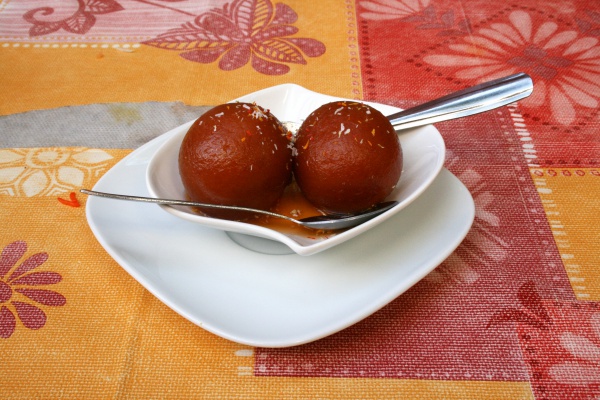Facts About South Asian sweets
Sweets from the Indian subcontinent are an exquisite and diverse array of treats originating from countries like India, Pakistan, Bangladesh, Nepal, and Sri Lanka. The tradition of crafting these sweets spans thousands of years, tracing back to the Indus Valley Civilization, which is credited with the invention of sugar refining around 8,000 years ago. Each culture within the region boasts its unique selection of sweets.
Referred to as "Mithai" these sweets are typically made using ingredients such as sugar, flour, milk, fruits, and nuts. They are prepared through various methods including cooking, baking, roasting, frying, and even freezing. Sweets occupy a special place in the culture, often being shared during festivals, celebrations, and social gatherings.
The history of sweets in the Indian subcontinent is both rich and intriguing. Ancient texts like the Rigveda mention sweet cakes made from barley. The "Mānasollāsa" a comprehensive text from the 12th century, provides detailed descriptions of various sweets and their preparation methods. Over the centuries, the production and consumption of sweets evolved, leading different regions to develop their unique delicacies.
Some popular varieties of Indian sweets include Adhirasam, Barfi, Chhena Murki, Chhena Poda, Chikki, Gajrela, Gulab Jamun, Jalebi, Kesari Bhath, Khaja, Kheer, Kulfi, Laddu, Malpua, Narkel Naru, Parwal Ki Mithai, Pathishapta, Pongal, Rasgulla, Ras Malai, Sandesh, Sel Roti, and Shrikhand. These sweets exhibit a wide range of flavors and textures, showcasing the rich culinary heritage of the region.
In addition to these well-known varieties, there are numerous other traditional Indian sweets and desserts that have been savored throughout history, such as Mysore Pak, Halwa, Jangiri, Jhajariya, Dharwad Pedha, and Karadantu. These sweets play a vital role in various cultural and religious ceremonies and are an integral part of the subcontinent's culinary traditions.

 Myanmar (Burma)
Myanmar (Burma)